5 Reasons You’re Missing Exhibition Opportunities
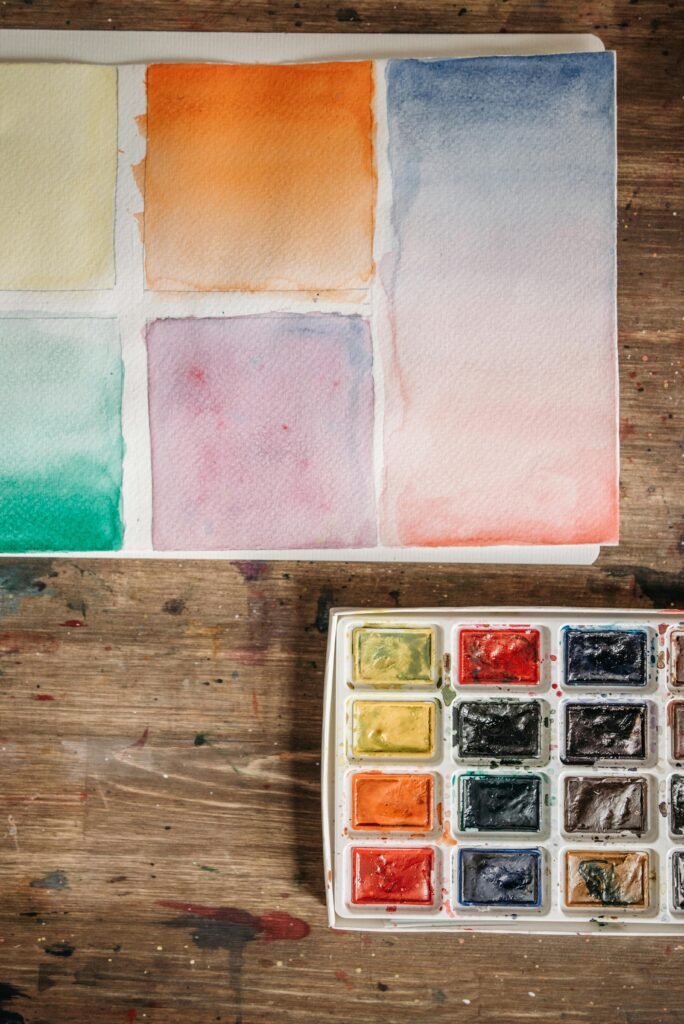
Have you ever wondered, “When do they actually decide who gets in?” You submit your work, wait a few weeks, then a few more, checking your inbox like it’s part of your daily routine. Most artists don’t realize curators are running on a completely different clock , one that rarely matches your creative rhythm.
The exhibition world moves like an academic calendar, but no one hands you the syllabus. Some curators plan a full year ahead, while others work in short, intense bursts tied to funding cycles or venue availability. By the time a show that feels perfect for you is announced, it’s often been in motion for months. That gap can make even experienced artists feel like they’re always two steps behind.
Curators aren’t being slow or secretive on purpose. They’re juggling a dozen moving parts , budgets, approvals, collaborators, installation logistics, marketing timelines. Every decision is part of a larger puzzle happening mostly behind closed doors.
Once you understand that rhythm, the quiet after submitting stops feeling personal. You begin to see that things are moving, just not on your timeline. That awareness gives you space to plan smarter and apply when it actually counts.
The reality is most artists aren’t missing opportunities because their work isn’t ready. They’re missing out because they haven’t learned the rhythm behind the decisions. Once you see it, everything about how and when you apply starts to make sense.
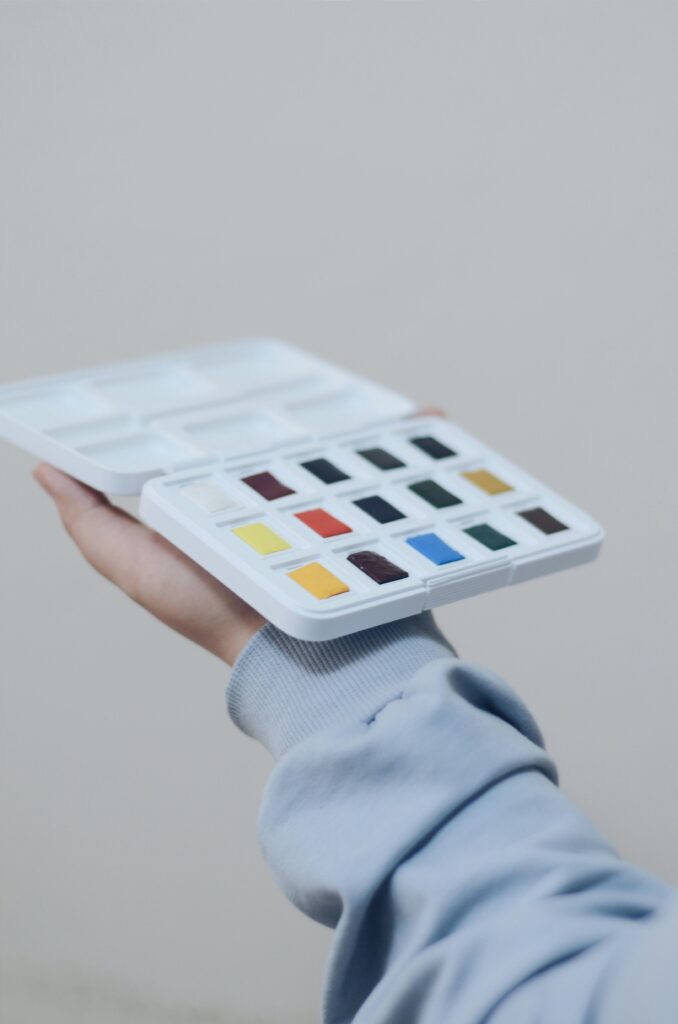
The Invisible Planning Season Nobody Talks About
Most artists think exhibition planning starts when a call opens, but by then, most curators are already deep into logistics. The real decisions often happen months before anything becomes public. That’s the invisible planning season , quiet, strategic, and easy to miss unless you know what to look for.
It usually begins with brainstorming themes, venue confirmations, and funding approvals. During this phase, curators are not browsing Instagram or reading submissions; they’re defining the framework of what the year will look like. By the time open calls appear, those frameworks are already locked in.
Knowing that helps you shift your mindset. Instead of scrambling when calls pop up, you can spend that time nurturing relationships, updating your portfolio, or engaging with curators when they’re still forming ideas. That’s when your work can subtly influence how they think.
Many artists assume visibility means being online constantly, but during this quiet pre-season, what matters more is connection. Sending a thoughtful email, attending local openings, or simply commenting on curatorial projects can plant a seed before they start shortlisting.
Think of it like gardening: the earlier you plant, the better the chance your work grows into their plans. Missing the “invisible” season doesn’t mean you’re behind , it just means next time, you’ll know when the real start line is.
The Lag Between Decision and Announcement
You might see an exhibition announcement and think, “I wish I’d known about that earlier.” The thing is, the decision to include those artists was probably made months ago. What you’re seeing is the final stage of a long process , not the start of one.
This lag can be confusing because it makes the art world feel unpredictable. But once you understand that announcements are often six to twelve months behind real decisions, you start to see the pattern. The art world moves slowly , not because it wants to, but because everything takes time to align.
Venues get booked, artworks get shipped, sponsors confirm budgets , it’s a domino effect. So while you’re waiting for new calls to open, curators are already finalizing next season’s lineups. You’re not out of sync; you’re just seeing the results of past planning.
One helpful shift is to track exhibition announcements like clues. When you see a show open in April, imagine that its decisions happened last summer. That gives you a rough timeline to anticipate when curators will start planning the next one.
Once you start reading the art calendar this way, the waiting period stops feeling like limbo. It becomes strategy , you’re preparing your best work while they’re preparing their next cycle.

Why Timing Beats Talent (Sometimes)
It’s not always the most talented artist who gets the show , sometimes, it’s the one who appeared at just the right time. That’s not a reflection of merit, it’s just how opportunities align with logistics. Timing can quietly determine who’s visible when budgets, space, and themes line up.
A curator might love your work but have no slot for it this year. Or they might be waiting for a future project that fits your practice better. Understanding that helps you stop personalizing silence and start thinking like a strategist instead of a bystander.
The key is consistency. Stay active without burning out. Keep showing up at events, posting progress, and staying in gentle contact with curators you admire. When they begin a new project, your name will be fresh in their mind , not buried under six months of inactivity.
Think of it as staying “top of mind,” not “in their face.” Curators remember the artists who maintain quiet momentum. They’re not chasing attention; they’re building presence.
So yes, talent matters deeply , but timing decides when that talent is seen. You can’t control the calendar, but you can make sure you’re visible when it turns in your favor.
Reading Between the Lines of Open Calls
Here’s something curators won’t say outright: open calls are often extensions of projects already in progress. The themes, tone, and even jury members reflect ideas that have been brewing for a while. Learning to read those signals can help you apply smarter.
When you see words like “emerging voices” or “new perspectives,” it might hint that the team wants fresh narratives. If the call references “community engagement” or “cross-disciplinary work,” they’re probably looking for artists who already practice collaboration.
Take a minute to Google the organization’s past shows and current partnerships. You’ll quickly spot patterns , recurring concepts, aesthetics, or regions they focus on. Once you understand their rhythm, your application starts feeling tailored rather than generic.
Submitting work that aligns with their ongoing direction doesn’t make you predictable , it makes you strategic. It shows you understand their mission and can contribute meaningfully, not just appear randomly.
When you treat open calls like conversations, not lotteries, you stop wasting fees on mismatched opportunities and start aligning with curators who truly see your work’s potential.
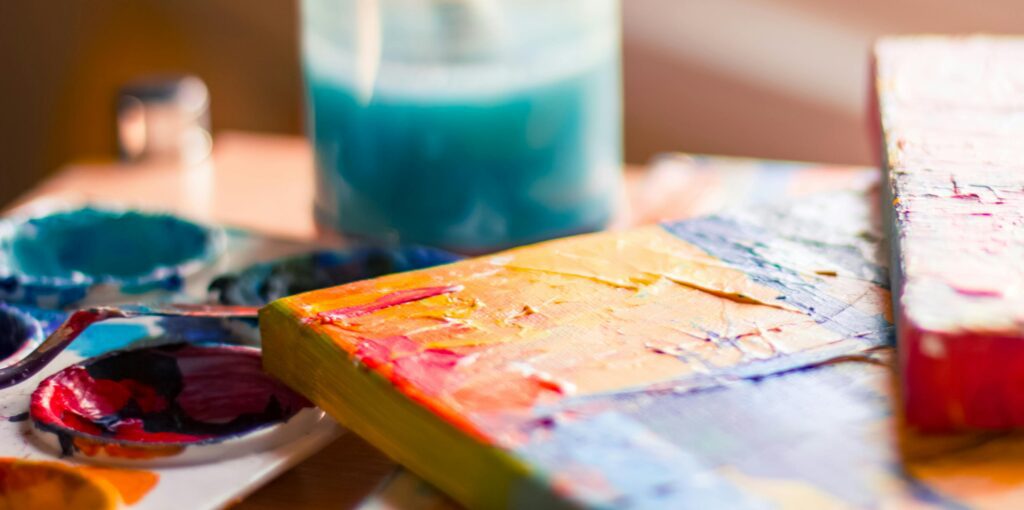
Tips & Tricks: Syncing Your Art With the Curatorial Clock
If you want to feel more aligned with curatorial decisions, start by mapping out your own “artist calendar.” Think of it as your personal version of their timeline , one that helps you plan ahead and apply with confidence.
Begin by tracking major art events: biennials, fairs, and annual open calls. These often follow predictable patterns. Note when deadlines usually appear and mark them six months early. That gives you a head start to polish your materials before everyone else scrambles.
Next, build a list of curators or institutions you admire. Follow their activity, note when they announce projects, and connect in subtle, genuine ways , comment thoughtfully, share updates, or send a brief email once a year. Relationships built over time matter far more than rushed pitches.
If you can, keep a “visibility folder” , screenshots of calls, notes on curators, and reminders of when you last applied. Over time, you’ll start spotting cycles in how opportunities appear and evolve.
And most importantly, don’t apply reactively. Apply rhythmically. When your pace matches theirs, you’ll find your submissions landing at moments that feel less forced , and far more fruitful.
The Real Gift of Understanding the Curatorial Calendar
Learning how exhibitions are planned doesn’t make the waiting easier, but it does make it meaningful. You stop seeing rejection as an end and start seeing it as a moment between seasons. You start trusting that good timing, not constant urgency, builds a lasting career.
Understanding curatorial calendars is really about respecting process , yours and theirs. It reminds you that art doesn’t move on demand; it unfolds in its own rhythm, shaped by people balancing creativity, logistics, and time.
You also become more patient with yourself. Instead of rushing to “get seen,” you begin preparing for when the right door opens. That shift alone can turn a scattered application season into a calm, strategic one.
Every artist’s timeline looks different, but once you align yours with how exhibitions actually unfold, you’ll notice something powerful , your opportunities start matching your readiness.
In a world that celebrates urgency, there’s quiet strength in understanding when to wait and when to move. That’s what curators already know. Now you do too.
The Silent Stretch Before the Selection
There’s a strange kind of quiet that fills the space between submitting your work and hearing back. Artists often call it the “waiting void.” It’s the time when you start doubting if your file even uploaded right, when you replay every choice you made in your statement, or start wondering if you should’ve chosen a different piece altogether. But while you’re sitting in that quiet, curators are usually in the middle of their busiest stretch.
This is when applications are being sorted, re-reviewed, compared, and debated. Most curators don’t just glance once and move on. They often come back to strong applications a few times, weighing them against the overall vision they’re trying to create. The waiting period isn’t a sign of neglect; it’s often the mark of a thoughtful selection process.
Behind the scenes, curators are in meetings that can stretch for hours. They’re juggling budgets, space plans, installation logistics, and, of course, how every chosen artist will fit together in one cohesive story. It’s not just about who made the best work , it’s about how the works talk to each other once they share a room.
Artists rarely realize that their application may be part of several internal conversations. Someone might champion your work passionately, while another might hesitate based on a small logistical factor , size, fragility, or timing. The conversations can be intense, respectful, and surprisingly emotional.
So if you find yourself checking your inbox three times a day, remember that the pause doesn’t mean your work was dismissed. More often, it means your name is still in the room. Your art might be taped on a wall somewhere in a conference room, being compared, discussed, and held up under the best kind of scrutiny , the kind that takes time.
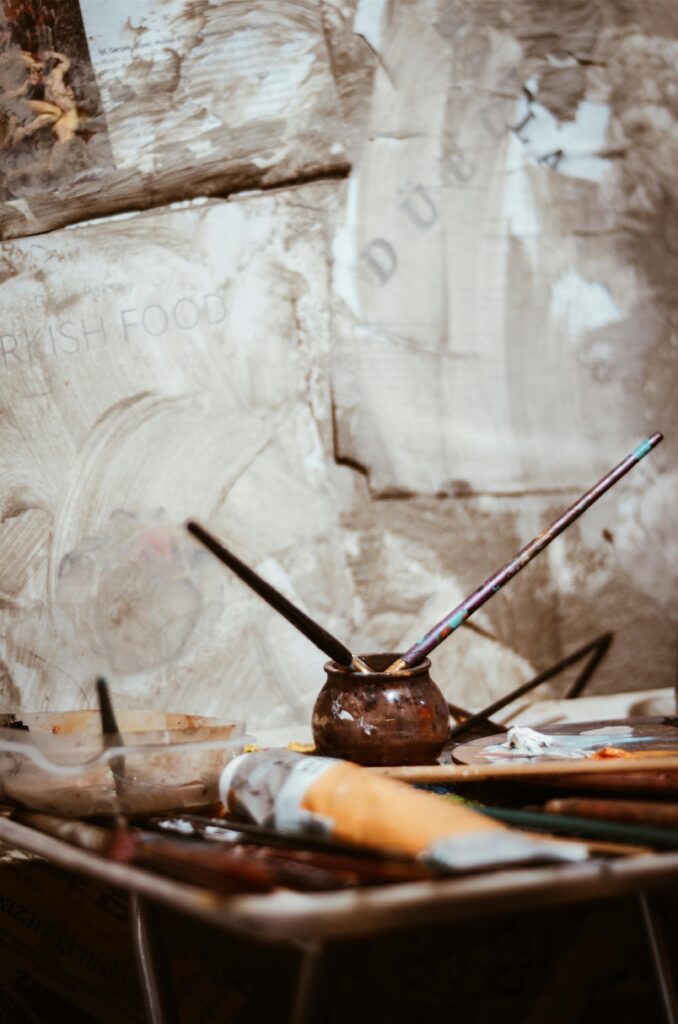
The Power of Patterns: Why Timing Shapes Everything
Every year has its own rhythm in the art world, and once you start to notice it, everything makes more sense. Spring and fall are the high seasons for curatorial activity , submissions open, residencies announce their cohorts, and museums start finalizing next year’s programming. If you’ve ever wondered why your summer applications felt like they disappeared into a void, that’s partly because curators themselves are traveling, visiting fairs, or wrapping up projects.
Understanding this cycle changes how you plan. For example, applications sent out in late winter tend to catch curators at their most attentive , when they’re fresh from planning meetings and looking for artists to fit their vision for the upcoming year. On the other hand, late summer submissions often land during burnout season. Timing isn’t everything, but in the curatorial world, it’s a quiet advantage.
You don’t need to obsess over calendars, but it helps to know when people are looking. If you want to be considered for a fall exhibition, start sending your work in early spring. Curators often plan six to twelve months in advance, sometimes even longer. By the time you’re seeing the “Call for Artists” announcement, they may already have a shortlist forming in their minds.
Think of it like planting seeds. The soil might not always look ready, but there’s a cycle beneath the surface that determines when things bloom. You can’t rush it, but you can definitely align with it. Being aware of this rhythm doesn’t make you “strategic” in a cold sense , it makes you attentive to the life cycle of your own career.
And once you align with it, the frustration of the wait starts to fade. You realize it’s not rejection or silence; it’s simply the rhythm of a system that moves a little slower than your creative pulse.
How Curators Read: The Tiny Details That Matter
You might think curators skim hundreds of submissions the way people scroll social media, but most are surprisingly attentive. The trick is that they know what they’re looking for , clarity, authenticity, and alignment. That means the first few sentences of your statement, the tone of your bio, and even the naming of your files all make an impression.
Curators can often tell within a few minutes if someone took the time to think about presentation. Typos, mismatched file names, or vague artist statements don’t automatically disqualify you, but they do suggest a lack of care, and care is something curators deeply respect. They want to feel like you’re inviting them into your world with intention, not rushing to tick a box.
What catches attention is often simplicity. A clear, short statement about why you made something or how it connects to your larger practice can carry more weight than a poetic paragraph that says very little. Curators spend hours reading; they crave honesty over flourish.
Another detail often overlooked is how your images are sequenced. The first image you upload is often the one that lingers longest in their mind. A small, thoughtful order can quietly change how your entire submission feels.
Remember, curators are human too. They respond to rhythm, clarity, and care. The best thing you can do is make it easy for them to see you clearly , not through noise, but through intention.
The Follow-Up Few Artists Attempt (But Should)
Most artists hit “submit” and go silent, assuming anything beyond that would seem pushy. But thoughtful follow-up is actually one of the least used, yet most effective, tools in your career. It’s not about pestering; it’s about staying visible without being intrusive.
A simple email a few months later, thanking them for considering your work, sharing a new update, or expressing interest in future opportunities, can go a long way. Many curators remember artists who reach out professionally and warmly. You’d be surprised how often a past applicant becomes a future exhibitor simply because they stayed in touch.
The key is tone. You’re not asking for answers; you’re building rapport. Curators often appreciate artists who understand that relationships in the art world are ongoing, not one-off exchanges. The goal isn’t to get an immediate “yes,” but to stay part of their mental landscape.
If you ever doubt whether your email matters, think of how many faces curators encounter in a year. Standing out doesn’t always mean louder; sometimes it just means consistent and kind. That combination , professionalism with warmth , quietly builds your reputation.
And one day, when a curator is searching for the right artist to fill a gap in their upcoming show, your name will be one they actually remember.

Where to Keep Track: The Artist’s Curatorial Map
Keeping up with curatorial timelines, submission cycles, and decision periods can feel overwhelming , but it doesn’t have to be. Creating a “curatorial map” is a game-changer. Think of it as your personal tracker of which organizations you’ve applied to, when decisions are due, and what their typical cycles are.
This map doesn’t need to be fancy. A spreadsheet works perfectly fine, though some artists use visual planners or apps like Notion or Airtable to keep things neat. The idea is to spot patterns , you’ll start to see which curators or spaces tend to reply quickly, which ones align with your practice, and which ones might need a different approach next time.
Once you have this data, the art world starts feeling less like a guessing game and more like an ecosystem you can actually navigate. You’ll know when to apply, when to follow up, and when to pivot your energy somewhere else. It’s not about control, it’s about clarity.
Artists who track their submissions this way often report feeling calmer, more organized, and less emotionally attached to single outcomes. They start to see rejection not as loss but as part of a broader rhythm.
And that kind of awareness , of time, of cycles, of your own consistency , is the foundation of a sustainable, long-term art career.
The Decisions You Don’t See (and Why They’re Not Personal)
When you finally get that “thank you for your submission” email, it’s easy to feel a pang of disappointment. But behind that polite message lies a maze of decision-making that’s rarely about worth or talent. Space, theme, cohesion, logistics , all these invisible factors shape the final list more than you might think.
Sometimes a curator loves your work but has to hold it for the next round, or they’re working within a specific concept that simply doesn’t fit your current pieces. It’s less about rejection and more about alignment, timing, and context.
The truth is, most curators keep lists of artists they want to work with later. That means a “no” now might quietly turn into a “yes” down the line. The professional ones remember , and they reach out when the right project arrives.
What matters most is how you respond to those moments. Staying gracious and continuing to share updates about your evolving practice can turn temporary silence into future opportunity. Curators talk, too , and artists known for being resilient, kind, and consistent earn reputations that go further than one exhibition slot ever could.
Every decision, visible or not, is shaping your future trajectory. Even the ones that feel like closed doors are, in truth, small steps toward the next opening.
